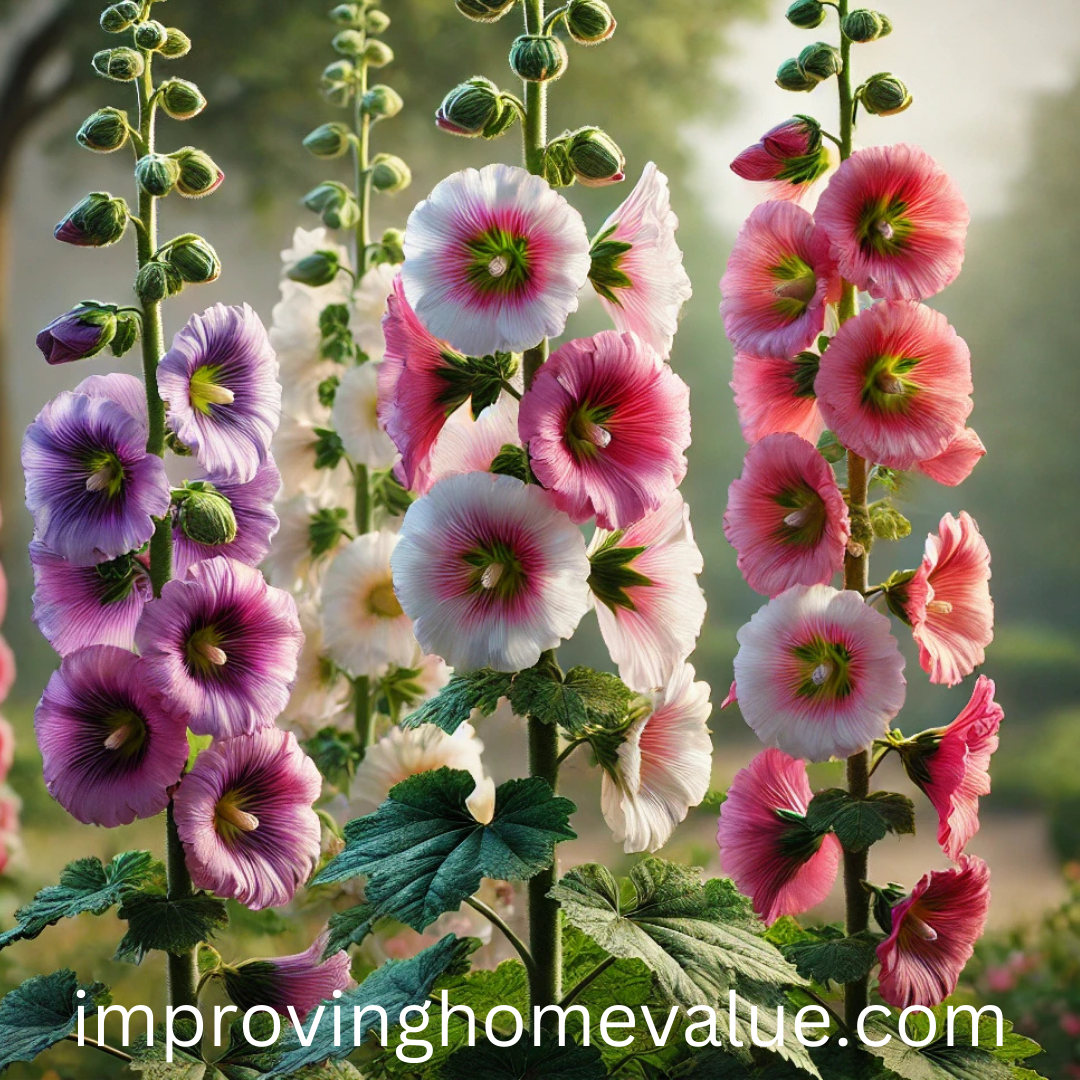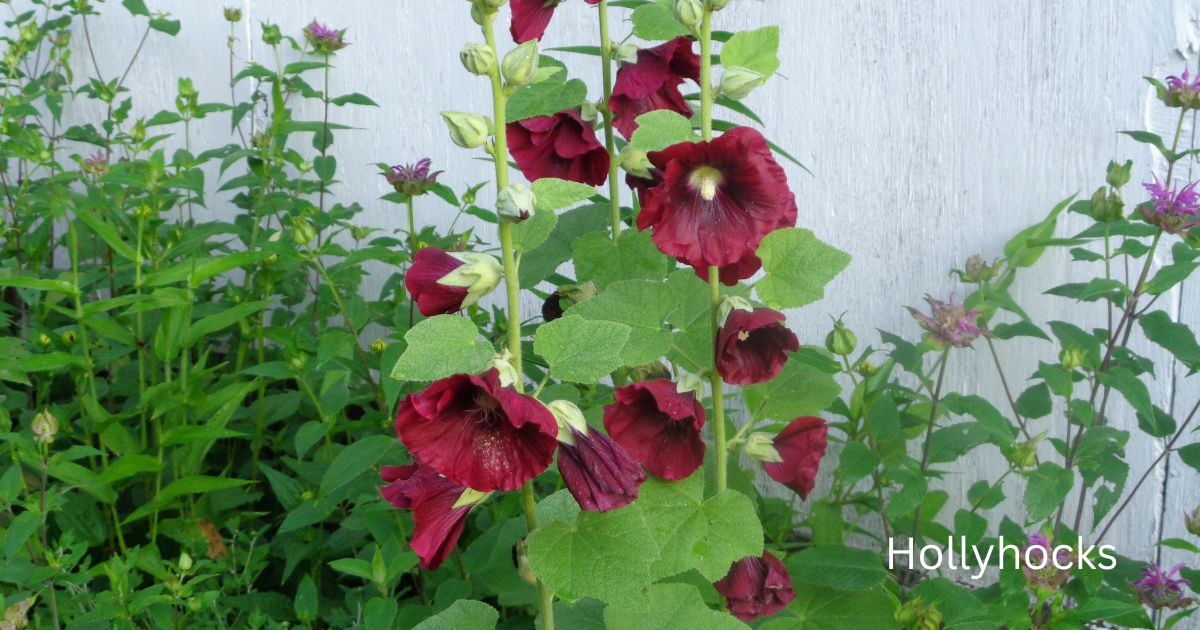Timing plays a crucial role. For hollyhocks, the sweet spot is early spring or late summer. This is when the ground’s just right, giving these beauties the best shot at thriving. Plant them a good couple of weeks after your last frost in spring or as summer winds down, and you’ll see them bloom their best.
Sunlight is a must-have on their checklist. Hollyhocks thrive in full sun, which means getting them a spot where they can soak up at least 6 hours of sunlight daily. Without proper sunlight, be prepared for stunted growth and fewer blooms.
The ground they grow in isn’t to be overlooked either. Hollyhocks love a well-draining soil. Mix in some compost or well-rotted manure to give them a nutritious start. Heavy, clay soils can be a deal breaker because drainage is key to prevent root rot.
Don’t drown them, but don’t let them parch. When they start growing, water deeply but not too often. Let the soil dry out a bit between waterings to avoid waterlogged roots, keeping them on a healthy track.
Growth and Maintenance of Hollyhocks
Wondering if your hollyhocks will take over the garden? They do have a knack for spreading. It’s all in their seeds, which can catch a breeze and take root nearby. To keep things tidy, just snip flowering stalks before they set seed. This way, you’ve got some control without missing out on those gorgeous blooms.
Standing tall is what hollyhocks are famous for, reaching heights from 5 to 8 feet. They’re garden giants and can cast quite the shadow, so placing them as backdrops in a flower bed can offer a stunning effect. Expect these statuesque plants to tower, staking them might be necessary to keep them standing proud.
Now, let’s talk about pruning. While hollyhocks don’t need much trimming, cutting back spent flowers encourages more blooms and maintains order—like giving them a little haircut. Once the main flowering period ends, cut them down to encourage a fresh crop of flowers the next season.
Pests and diseases love a good hollyhock as much as we do. Rust is the ever-present villain, with those orange spots wreaking havoc. Quick action with fungicide can save the day. Aphids and slugs might invite themselves too, but a good neem oil spray keeps the unwanted guests away. Stay vigilant and inspect plants regularly to keep them looking their best.

Exploring the Diversity and Benefits of Hollyhocks
Hollyhocks come in a wide array of colors, from delicate pastels to vibrant hues, making them a versatile choice for any garden palette. With shades of pink, red, white, yellow, and even purple, there’s a look for every taste. Mixing different varieties can create a stunning rainbow effect along fences or walls.
These impressive plants bloom mostly in mid-summer, but some varieties can keep the show going into the fall. If you’re looking to prolong the flowering period, regular deadheading is key. By removing spent blooms, plants can focus their energy on producing more flowers, keeping the garden colorful for longer.
Not just pretty faces, hollyhocks pack some medicinal properties too. Traditionally, they’ve been used in soothing teas or salves to treat sore throats and skin irritations. While not a substitute for doctor’s advice, these plants have been a part of herbal medicine lore for centuries, adding charm and function to your home pharmacy.
In garden design, hollyhocks are a go-to for creating depth and height. They work well as backdrops, along walls, or to provide privacy without a heavy visual barrier. Their stature draws the eye upward, adding vertical interest and a cottage-like charm to any outdoor space. These flowers add an eye pleasing view to any home gardens.
